A gut reaction
About eight years ago, microbiologist Sarkis Mazmanian boarded an airplane in Los Angeles bound for Armenia. The future MacArthur award winner didn’t know anyone there. All he had was an idea and a desire to make a difference.
Mazmanian recently had landed his first faculty position at the California Institute of Technology. “I realized I was in a privileged and unique position to help people,” he says. “I felt that in some ways, it would be a shame — I’ll even push it to a crime — if I don’t help people who need modern scientific training desperately.”
Mazmanian’s idea was to bring 21st-century science to graduate students in the economically struggling former Soviet republic. “I can’t help everybody,” he says. “But helping people in Armenia conceptually appealed to me.”
For five years running, Mazmanian, who is Armenian by blood, has spearheaded a short course in the Armenian capital of Yerevan. He and his co-lecturers teach the latest microbiology and molecular biology research to about 40 graduate students and their professors and work with them to advance their own studies.
Mazmanian says the course provides opportunities to people who are willing to work hard but who lack resources. After all, that’s his own life story.
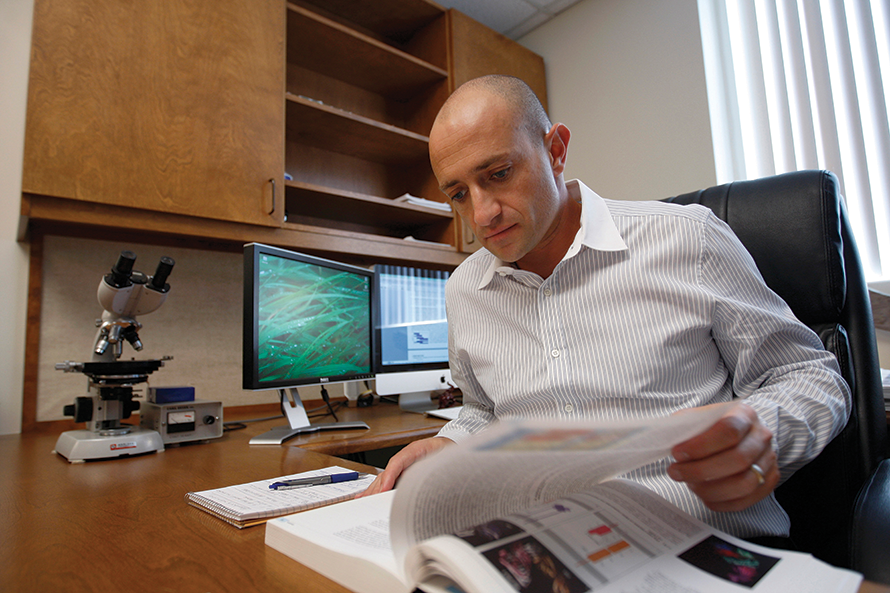 Mazmanian’s group is now focusing on connections between the gut microbiome and brain development. Courtesy of John D. and Catherine T. MacArthur Foundation
Mazmanian’s group is now focusing on connections between the gut microbiome and brain development. Courtesy of John D. and Catherine T. MacArthur Foundation
Rise up
Starting in 1915, the Ottoman Empire (also known as the Turkish Empire) began to exterminate and expel Armenians out of territories they had occupied for thousands of years. The Armenian Genocide is estimated to have claimed up to 1 million lives. Mazmanian’s ancestors were among the hundreds of thousands of Armenians who escaped.
Mazmanian was born in Lebanon in 1972. When he was a year old, he and his family immigrated to the U.S., joining the large Armenian diaspora in Los Angeles.
“My parents have no education,” says Mazmanian. “They’ve never even been to first grade. They were raised in a time when they didn’t have access to education.”
His father, who ran a small gift shop, and his mother, a homemaker, were determined things would be different for Mazmanian and his two sisters. Mazmanian says his parents worked hard in their pursuit of the American Dream and that they instilled in him the belief that “you can overcome a lot of deficiencies just by working very hard.”
“Nobody opened doors for me. I can say that confidently. My father isn’t a professional. We didn’t have the financial resources to get ahead. But no one slammed doors in my face either,” he says. “That’s the opportunity the U.S. provides. That’s 90 percent of the battle right there. You go as far as you can take yourself.”
One of his sisters owns a trucking company; the other is a senior vice president of a major bank.
“There’s no guarantee for success, but the way you can increase your likelihood to be successful is to work hard and make good decisions,” he says.
Mesmerized by the machines
Making good decisions is something at which Mazmanian appears to excel. Many scientists, though certainly not all, cite a childhood dream of becoming a scientist. Mazmanian initially didn’t know what he wanted to do.
His high-school English teachers told him he had an aptitude for writing, and, to prove it, one sent off a poem of his to a national poetry competition. Mazmanian won first place. He entered University of California, Los Angeles, as an English major.
“I was taking introductory biology classes just to satisfy prerequisites for college. In high school, I never really liked science but as I matured, I really appreciated it,” recalls Mazmanian. “And then this is where serendipity comes in.”
Mazmanian wanted to take a molecular biology course, but the class was full. He opted for a microbiology course. “Something really resonated with me about microbes,” he says. “I thought that they were a wonderful system to study because I could learn a lot about how nature works from these self-contained machines.”
Mazmanian switched majors. He graduated with a bachelor’s degree in microbiology and molecular genetics. For graduate school, Mazmanian joined the group of microbiologist Olaf Schneewind, then based at UCLA. There, Mazmanian discovered sortase, an enzyme found in Gram-positive bacteria that anchors surface proteins to the bacterial cell wall.
Then he took a step that put him in uncharted scientific territory and eventually made his name as a scientist. In 2002, Mazmanian arrived at Dennis Kasper’s laboratory at Harvard University as a postdoctoral fellow. At the time, Mazmanian was mulling over an unusual idea.
Bacteria had been studied predominantly from the point of view of the harm they cause to humans. What if, wondered Mazmanian, there were ways in which bacteria help humans? And if they were capable of helping, could bacteria be used as therapies?
“The notion that bacteria could be used as treatments for disease at the time was scientific heresy,” says Mazmanian, who describes Kasper as “a courageous person who took on a fellow who wanted to do something that was completely out of the box.”
The idea made getting funding for Mazmanian’s postdoctoral fellowship difficult, with some agencies rejecting his research proposal. Finally, he received a fellowship from the Helen Hay Whitney Foundation.
Kasper had been considering beneficial bacteria as well. His group previously had discovered a molecule called polysaccharide A, or PSA, that the symbiotic gut bacterium Bacteriodes fragiles made. PSA appeared to be a potent trigger in human cells and in the immune system of mice.
“It induced T cells to produce interleukin 10, which is an immunosuppressive cytokine,” explains Kasper. “In conversations with Sarkis, the thought evolved that this organism which has a normal place in the microbiome — and this was before the word ‘microbiome’ was used and we used to say ‘gut flora’ — may have had something to do with immune tolerance.”
Research into beneficial bacteria was the Wild West of microbiology. There was very little about it in the scientific literature. Therefore, there was little to influence Mazmanian’s thinking.
Bacteria engage the immune system — and the immune system engages bacteria — during an infection. What if, wondered Mazmanian, there were scenarios in which the bacteria actively engaged the immune system and shaped it in a way that was actually beneficial to the host?
Mazmanian began a series of experiments. He took two sets of laboratory mice. One set were regular mice with a community of gut bacteria; the other set were mice free of any resident microorganisms. “I discovered a very striking phenotype” in the germ-free animals, recalls Mazmanian.
The germ-free mice, compared with their normally colonized counterparts, had fewer specific T cells in their immune system. But giving the germ-free mice B. fragilis reversed the defects in the T cell population. The finding suggested that microorganisms influence how important parts of the immune system develop and function.
Mazmanian next gave the germ-free mice only PSA. “I showed that this polysaccharide was both required and sufficient for inducing the T cell phenotype,” he says.
The first paper with Mazmanian and Kasper as co-authors came out in Cell in 2005. It described how PSA on B. fragilis molds the mammalian immune system. “It was a concept that resonated with people who study microbes,” says Mazmanian. “In addition to our own genome, additional signals from gut microbes are needed for the full maturation of the immune system.”
Besides fighting off external threats, the immune system also keeps an eye on the body to fight off certain diseases, such as inflammation and cancer. Did bacteria play a role here too?
In 2006, Mazmanian started at Caltech as an independent investigator and began to look into inflammatory bowel disease, an autoimmune disorder where the body thinks there is a problem in the gut and attacks it. Mazmanian and his group eventually showed that B. fragilis has protective effects against inflammatory bowel disease in mouse models. The finding hinted that the bacterium could be a potential therapy for the disease, harking to the notion Mazmanian harbored when he was beginning his postdoctoral work.
“It was very gratifying (to see those reports), but I’d be lying if I said it wasn’t also shocking,” he says. “I firmly believe you have to ask big questions, but that also puts you in a position where the likelihood of success is lower.”
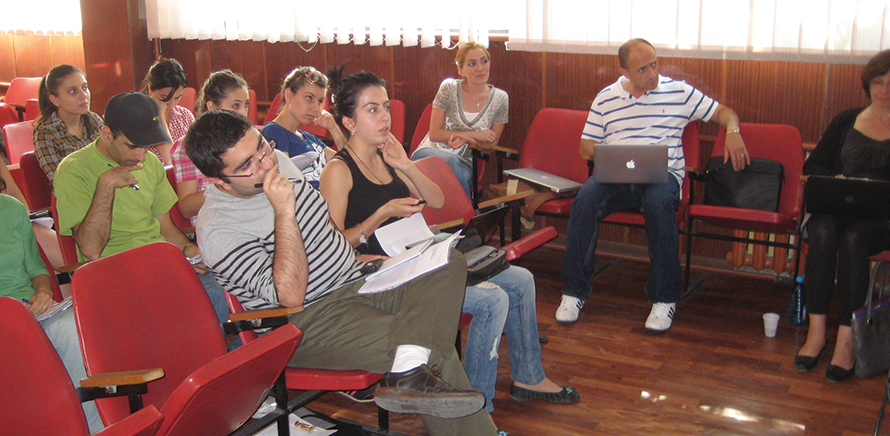 Mazmanian spearheads an annual course about microbiome research in Armenia. Courtesy of Arsen Arakelyan
Mazmanian spearheads an annual course about microbiome research in Armenia. Courtesy of Arsen Arakelyan
Gut–brain connections
In 2010, someone made a comment that changed the course of Mazmanian’s career. That someone was Paul Patterson.
Patterson, who passed away in 2014, was a neuroscientist at Caltech who studied the effects of the environment on autism. Over a casual cup of coffee, Mazmanian recalls, “I was telling him about our work in inflammatory bowel disease and how we’re able to successfully restore gastrointestinal health with specific organisms. Paul said, ‘You know, many autistic children have gut complications.’”
Mazmanian and Patterson began to wonder if the genetically engineered mouse models for autism carried signs of gastrointestinal damage, the kind Mazmanian’s group was used to observing in mouse models for inflammatory bowel disease. Furthermore, the two scientists wondered if mice that develop autismlike symptoms could be treated with probiotics to ease their GI symptoms and, potentially, change their behavior.
The Patterson group usually analyzed the brains of the mice with the autismlike symptoms. Mazmanian asked for the guts. The first time the Mazmanian group looked at the guts, the signs of a proinflammatory response were there. It wasn’t a full-blown chronic inflammation as seen in inflammatory bowel disease, but it was detectable.
Next, the Mazmanian and Patterson groups treated the special mice with B. fragilis. “We were able to show that the GI symptoms were reversed in the mice when we treated them with this human commensal bacterium,” says Mazmanian. “But, even more fascinating, and perhaps surprising, was that their behavioral deficits also improved.”
The collaborators dug in deeper and soon figured out that the behaviors were not being improved through the immune system. Something else was happening. Enter the “leaky gut.”
The “leaky gut” idea envisions an intestine damaged badly enough to become porous. Chemicals that would normally leave the body through the excretory systems instead leach out of the damaged intestine and into the bloodstream. The chemicals get to the brain through the blood, cross the blood–brain barrier and interfere with neurological development. The hypothesis gives rise to the notion of the “gut–brain axis” where the intestine and the brain, two seemingly separate organs, are intimately connected.
Where does a symbiotic gut bacterium come into play? In 2013, Mazmanian’s group showed in a Cell paper that giving B. fragilis to the mice with autismlike symptoms appeared to lessen the behaviors associated with autism spectrum disorder.
Mazmanian emphasizes that the work on the gut–brain axis is in its early days. “There’s still a long way to go, but at least it gives us a mechanism to try to understand the potential link between the gut and the brain,” he says. “If the causal events for neurodevelopmental disorders are happening in the gut, perhaps it is viable to think about treating the gut as a potential treatment for autism. We’ve taken a few steps, but we’re not there yet.”
Kasper, with whom Mazmanian has monthly phone calls, is tickled to see how his former postdoctoral fellow’s research has played out. “When he was still in my lab 10 years ago, he actually said, ‘I think there is going to be a connection between the microbiome and autism,’” recounts Kasper. “I was going, ‘What is he talking about?’”
Don't take credit
Most researchers working at the forefront of one of the hottest avenues of scientific investigation of the early 21st century likely would be satisfied with focusing exclusively on that work. But not Mazmanian.
Every year, he returns to his ancestral homeland to teach an annual four-day course with his co-lecturers, Bana Jabri from the University of Chicago and Haig Alexander Eskandarian at the Swiss Federal Institute of Technology.
The course focuses on host–microbe interactions. Mazmanian, Eskandarian and Jabri kick off the course by giving lectures about the latest microbiome research. Then they lead a journal club. For the journal-club portion, the students get into small groups, read a scientific research paper and then give presentations based on what they learned.
Arsen Arakelyan heads the Institute of Molecular Biology at the National Academy of Sciences of Armenia, which hosts the course. “There are huge differences in knowledge delivery between the Soviet system, which we have adopted here for a long time, and the Western educational system,” says Arakelyan. “Students who attend the course are really amazed at how freely Sarkis communicates. It isn’t just a lecture with Sarkis talking and people listening. It’s interactive.”
Arakelyan says, as an educator, he has learned much from watching Mazmanian. “I have grown up in the atmosphere of Soviet educational system,” says Arakelyan. But these days, “when I lecture at university, I use a lot of (Mazmanian’s) tricks. I have learned from him a lot about how to deliver a lecture and communicate.”
The course content isn’t strictly stuck on the microbiome. Students discuss their own research. “We try to have a young scientist present his or her own work in front of Sarkis and colleagues,” says Arakelyan. The co-lecturers “give suggestions and advice on how to proceed with the research or ask if the interpretation of results is correct or not.”
Arakelyan notes that the lecturers help faculty members by critically reading their scientific research manuscripts and recommending appropriate journals for the papers. Arakelyan also says there have been discussions about establishing research collaborations between Armenian researchers and the Mazmanian group. But he adds that not many agencies fund research collaborations between the U.S. and Armenia.
Mazmanian, for his part, wants to do more. His 2012 MacArthur award came with $500,000, which gets paid out in equal quarterly installments over five years. “I’ve not spent a dollar of that money,” he says. “I’d like to explore how to most efficiently use those funds to help research and science in Armenia.” Mazmanian notes that the Armenian research facilities lag behind the ones in the U.S. He’s considering using the money to upgrade laboratory space in a research institution and installing more modern equipment.
Although he’s happy to talk about his trips to Armenia and his research, Mazmanian doesn’t see what he’s doing as anything out of the ordinary. “Don’t take credit for what you’re supposed to be doing,” he says.
Enjoy reading ASBMB Today?
Become a member to receive the print edition four times a year and the digital edition monthly.
Learn moreGet the latest from ASBMB Today
Enter your email address, and we’ll send you a weekly email with recent articles, interviews and more.
Latest in Science
Science highlights or most popular articles

Understanding the roles of extracellular matrix and vesicles in valvular disease
MOSAIC scholar Cassandra Clift uses mass spectrometry and multiomics to study cardiovascular calcification and collagen dysregulation, bridging her background in bioengineering and biology to investigate extracellular vesicles and heart disease.
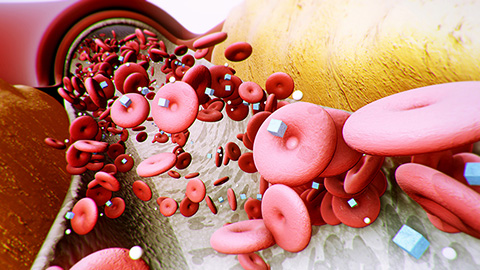
Lipid profiles reveal sex differences in type 2 diabetes
Researchers explored the lipid profiles of individuals with type 2 diabetes and identified potentially useful lipid biomarkers for this condition.
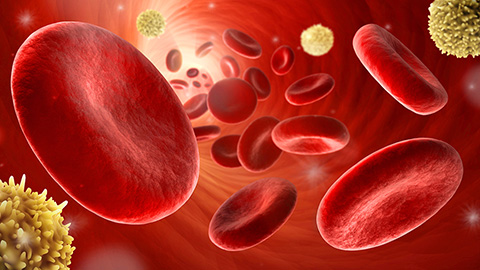
Serum lipids may predict early diabetes risk
Researchers found that levels of two key fatty acids may predict worsening tolerance for glucose, independent of body fat and insulin levels. In turn, these fatty acids may serve as early T2D biomarkers.
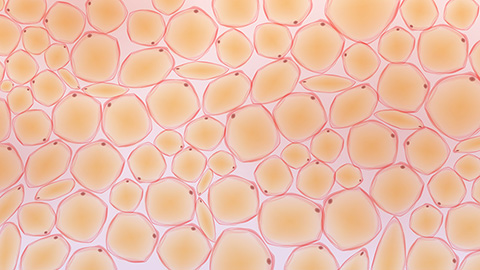
Sex and diet shape fat tissue lipid profiles in obesity
Researchers found that sex hormone levels and diet both influence inflammation and lipid composition in obesity.
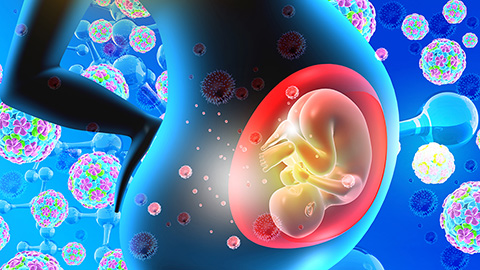
Mapping the placenta’s hormone network
Study uncovers how the placenta actively metabolizes not only glucocorticoids but also novel androgens and progesterones, reshaping our understanding of pregnancy and its complications.
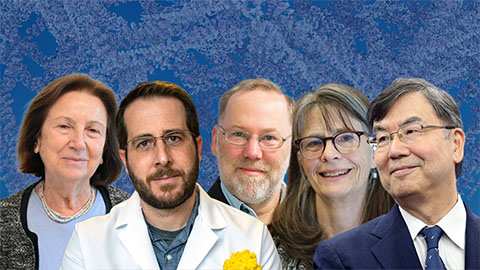
Biochemists and molecular biologists sweep major 2025 honors
Recent Nobel, MacArthur and Kimberly Prize honorees highlight the power of biochemistry and molecular biology to drive discovery, including immune tolerance, vaccine design and metabolic disease, and to advance medicine and improve human health.

